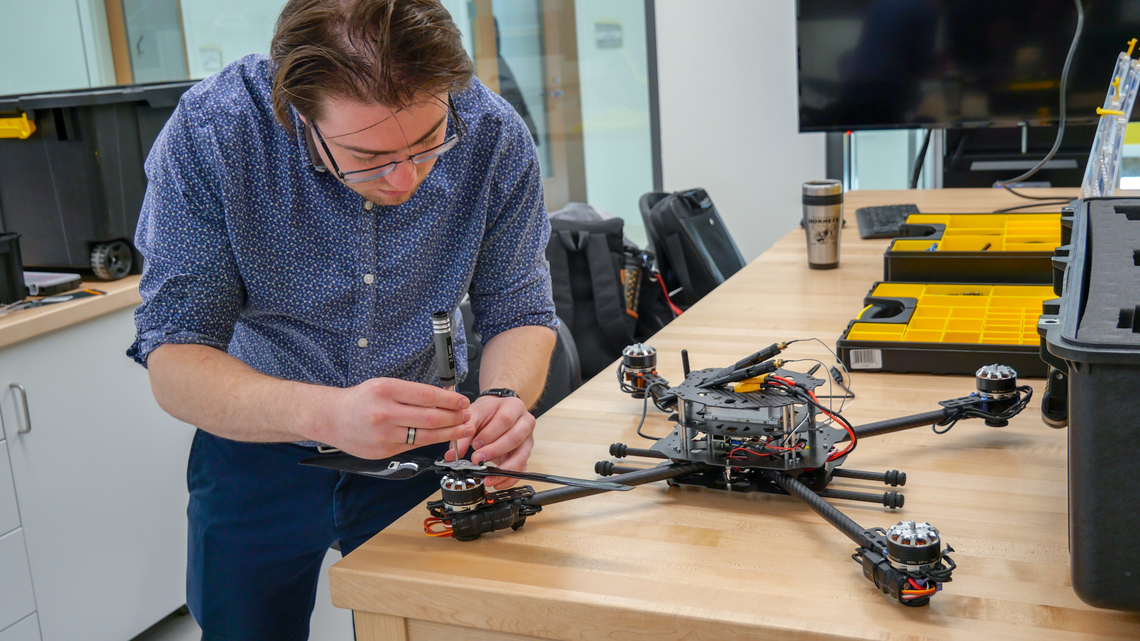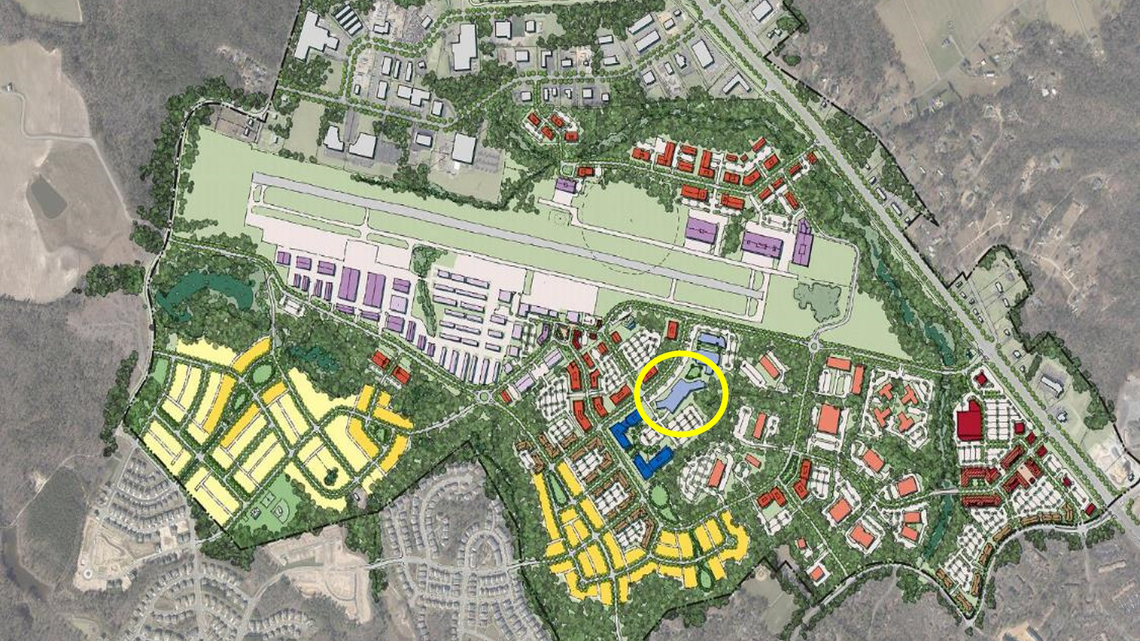
The autonomy corridor, an area focused on innovating and developing autonomous systems and machines, exists throughout Maryland and is one of the important regional economic development technology corridors developed in collaboration with government, academia and local industry.
In fact, the focus of this corridor is a reflection of top industry-based entities in the region such as the University of Maryland’s Clark School of Engineering, the Naval Air Warfare Center Aircraft Division (NAWCAD) and the Naval Air Systems Command (NAVAIR).
“Autonomy is key to what we do at the warfare center, from both a warfare/warfighter perspective and a business perspective,” said Ron Crescini, director of the Chief Technology and Strategic Operations Office at the NAWCAD. “The war fighter needs autonomy if we’re going to compete with our adversaries, from how we land on board a ship to how we develop weapons. We also need small businesses to bring the innovation.”
Crescini recognizes the key role of small business in the autonomy space, noting they have agility, hire the best and brightest, and mature the technology prior to NAWCAD acquiring it. That’s why the Chief Technology and Strategic Operations Office partners with these businesses, including an investment of $130 million in future technologies.
Essential partners in the autonomy corridor
The autonomy corridor begins in northeastern Maryland at Aberdeen and extends through southern Maryland’s St. Mary’s County.
Key partners in the Southern Maryland region’s portion of the autonomy corridor include the University of Maryland (UMD); University System of Maryland at Southern Maryland (USMSM); NAVAIR; NAWCAD; Naval Surface Warfare Center (NSWC) Indian Head; NSWC Dahlgren; National Aeronautics and Space Administration (NASA) Wallops Flight Facility; Naval Air Station Patuxent River; and Army, Navy and NASA federal laboratories.

The St. Mary’s County AeroPark Innovation District is an educational, research and innovation hub for the autonomy corridor. According to the UMD, it includes not only the St. Mary’s County Regional Airport but the USMSM campus with its SMART Building; the UMD MATRIX Lab; the UMD Unmanned Aircraft Systems Research and Operations Center (UROC); and industry partners such as Platform Aerospace, AIRtec and Alion.
The collaborative autonomy corridor supports employer needs
The area’s major employers appreciate the collaboration and its impact on their workforces and capabilities. NAWCAD leaders know they can recruit and develop the talent to serve their war-fighting demands.
“Our emergent technology needs in the areas of autonomy, artificial intelligence, cyber and hypersonics require us to stay on the leading edge with our capabilities, our infrastructure and our human capital talent,” said Stephen Cricchi, executive director of NAWCAD. “The community we live in, this ecosystem with industry, government and academia, allows us to reach that talent.”
Partnerships are in place to develop that local talent from an early age. Southern Maryland students may learn about STEM careers in a middle school program like the Science Technology Engineering and Math – Inspiring the Next Generation (STEM-ING) event, where The Patuxent Partnership, St. Mary’s College of Maryland and NAWCAD engage middle school girls from across the region in STEM. NAWCAD and The Patuxent Partnership also host a Spark! Career Fair with high schools across tri-county Southern Maryland.
Those students can earn an associate degree in engineering at the College of Southern Maryland, then apply to the University of Maryland to earn a Bachelor of Science in mechanical engineering or electrical engineering at USMSM, while engaging in a STEM internship through NAWCAD.
At the end of this academic journey, students have a clear understanding of career options at NAWCAD and other industry partners – and thanks to these partnerships among academia, government and industry – they’ll be ready to fill them.
The autonomy corridor benefits local communities and the innovation ecosystem
Southern Maryland has good reasons to want to be a leader in the autonomous technologies industry. A robust autonomy corridor leads to the continuation and creation of high-skilled, good paying careers. With the right collaborations, Southern Maryland residents can access the education they need to qualify for those jobs and continue to live and work in the region, whether employed by NAWCAD or creating their own startups.
“When you take Southern Maryland’s section of the autonomy corridor and bring in highly involved education, industry and state partners, the result is new jobs and new innovations in the autonomy space,” said Troy LeMaile-Stovall, TEDCO’s CEO. “The entrepreneur ecosystem thrives in regional corridors like this one; it drives home the essential role of collaboration in growing our high-tech sector and generating exciting new startup ventures that are at the heart of TEDCO’s work.”
Source: Baltimore Business Journal